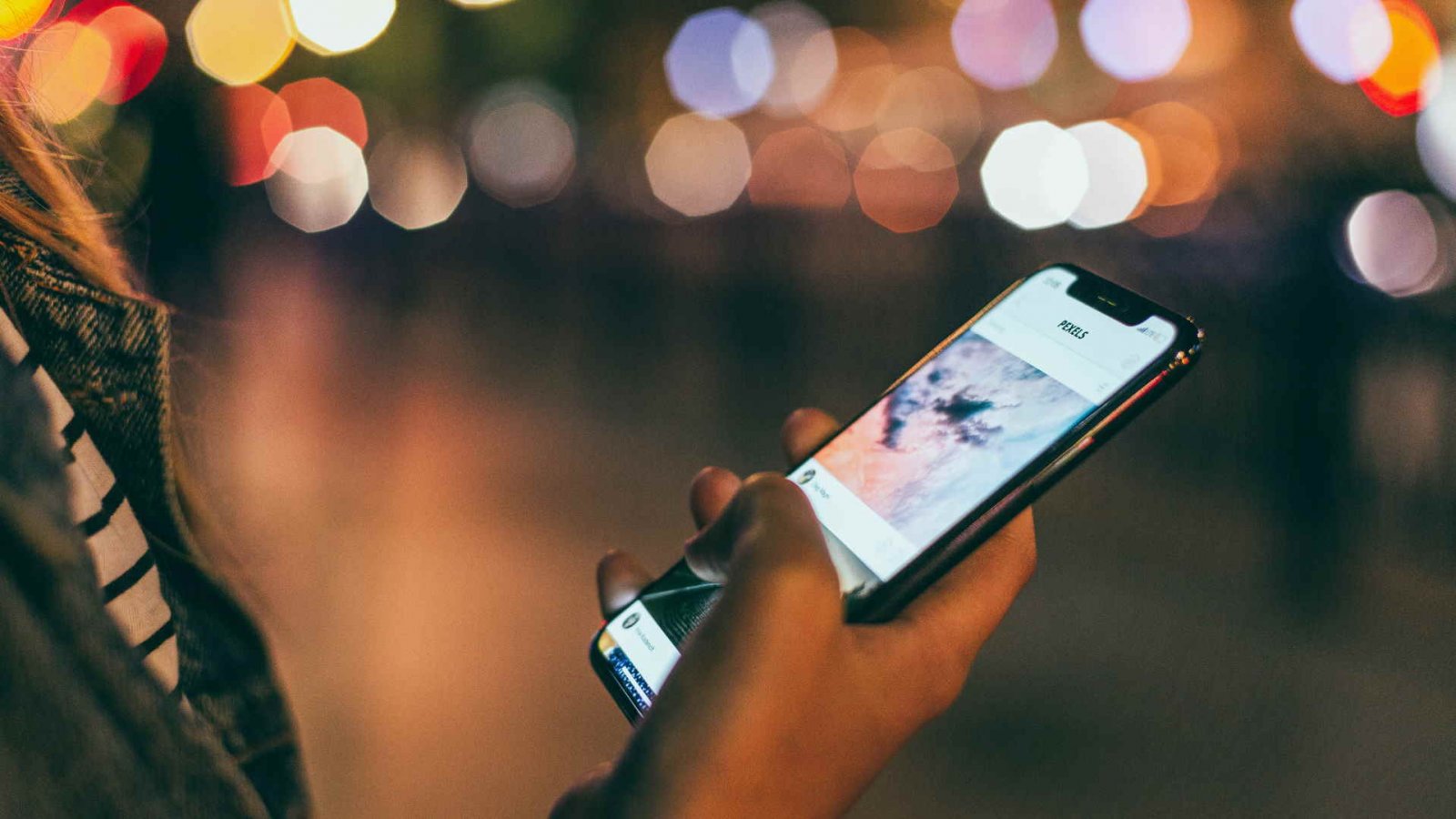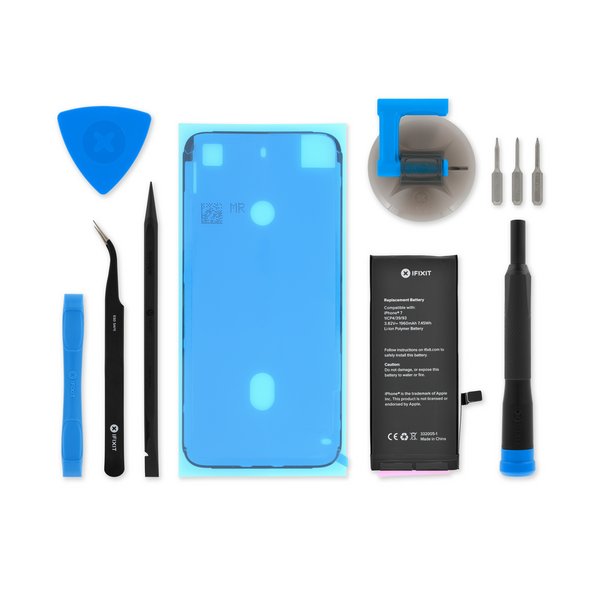Smartphone sales will drop 2.5% worldwide by the end of 2019, according to research firm Gartner. In North America, the drop is 4.4% from 2018 levels. Phone owners, according to Gartner, just don’t see much reason to upgrade.
Most of the tech press framed news of the category-wide drop in sales as a small crisis for phone-makers and their investors, and sometimes ingenuity itself. These poor multinational omni-corps “continue to face tough times,” but the “future looks bright,” and so on.
But what if fewer new smartphone sales was something worth celebrating? What if part of saving the planet is the beneficent laziness of keeping last year’s model?
About 1.46 billion smartphones were produced in 2018, while 1.56 billion were sold. If production drops back to match lower sales, that could mean 38.44 million fewer phones made. And if all those phones were about the size of an iPhone X, that would mean about 400 pounds each of mined ore, water, and other resources were conserved, a total of 15 billion pounds.

Gartner’s report states that in “mature markets” like the U.S., high-end smartphones are “oversupplied and commoditized.” While the prices for flagship phones continue to climb, there exists “no compelling new utility or experiences for users to upgrade to.” In other words, most everyone who wants and can afford a smartphone has one, so companies have to sell them replacements, and people don’t want to replace their phones.
To us, this does not seem like a crisis. It looks like people getting more than two years’ use out of products for which they paid hundreds and hundreds of dollars. With software updates from Apple, Google’s Pixel phones, and a few other vendors, phones can securely run for more than two years. And for the price of a new battery or screen repair, you can avoid handing over the average national mortgage payment for an extra camera or a battery-eating 5G modem for networks that barely exist. Or maybe more people than the phone-makers realize really like their headphone jacks. We can’t blame them.
Obviously iFixit has an interest in people fixing their phones. But so does the environment. The human and environmental cost of stripping ever-more cobalt, graphite, lithium, and rare-earth elements out of the ground is real. The longer you can hold onto your capable phone, the longer you can keep it out of the e-waste stream. Using your things for as long as you can is one of the most powerful assets you can contribute to a planet overrun with unnecessary waste.

There are some valid reasons to upgrade your cellphone, but “it’s starting to feel old” is a sad, yet common excuse. Companies don’t advertise the fact that, on most phones, you can replace a cracked screen or replace a worn battery. Batteries wear down after a few years, and screens can crack, but everything else in the phone can work for a very long time. I recently sped up and streamlined a three-year-old Android phone, and you know what it did? It sent text messages, gave me directions, and let me look at depressing things on social media, just like a brand-new phone.
Motorola Moto X4 Screen Replacement
Follow this guide to remove a cracked or broken…
It’s hard not to want to buy a new phone whenever problems arise. You get to feel like you’ve fixed the problem. Buying new things is a dopamine rush; not spending money and sticking with your adequate gear is much lower-key contentment.
But save your money for the very big upgrade, when your phone stops getting security or OS updates after years of faithful service, or when 5G has settled into more than just a few phones and cities. It will not only feel like a huge upgrade, but it will also reduce the size of the e-waste pile, and might send the message to companies that maybe a good, new revenue stream would be replacement batteries and screens for devices they made far easier to repair.
Top photo by Gian Cescon on Unsplash








2 Comments
“no compelling new utility or experiences for users to upgrade to “
this right here. What has the iPhone added since the 6 besides wireless charging? Face ID doesn’t particularly count since it’s REPLACING fingerprint. LG G8 added.. hoverhand technology, which has an incredibly niche use and likely won’t return. Huawei and Samsung are doing the whole in-screen fingerprint, but again, that’s not NEW, it’s just been moved. The last time I felt like I was getting a truly “better” product was when i went from a Galaxy S3 to a Note 4, otherwise it’s been the same thing just improved.
There’s just no reason to spend exorbitant amounts of money on something that’s functionally identical to what you already have, and plenty of people are coming to this realization. Of course, since we live in a cruel and uncaring world, when you DO try to innovate, things go south and you delay your Fold launch by months and months…
Dave Davidson - Reply
It’s not yet in freefall from where I live. Anyway, well written article with solid points to repair rather than replace.
Anan Venasakulchai - Reply